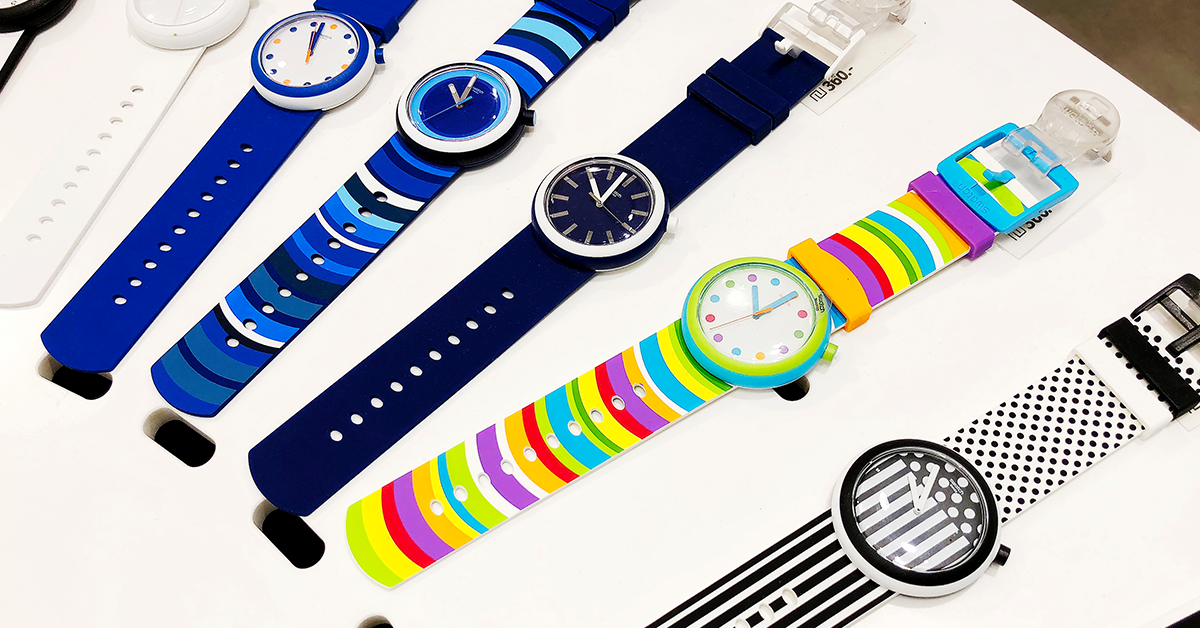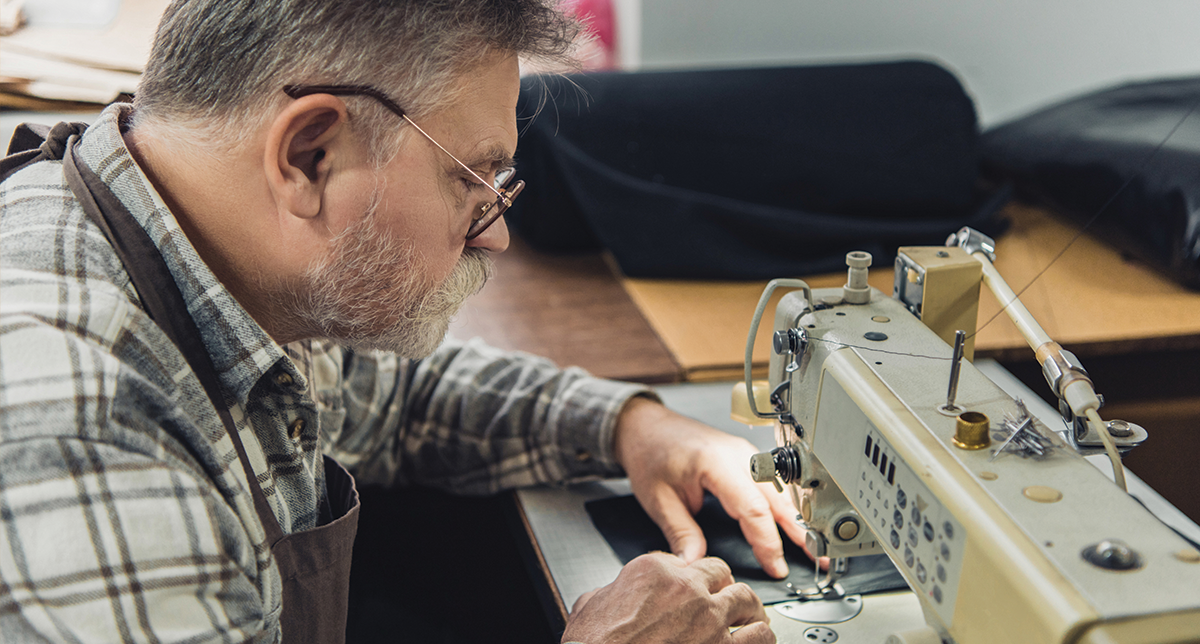People love the sound of music when played on a vinyl record. There are many audiophiles who love collecting vinyl records, and there are even some that are worth a ton of money. But how did vinyl records get their start?
Edouard-Leon Scott, a French inventor, invented the Phonautograph in 1857. The Phonautograph was a device where a vibrating pen would graphically represent sounds onto small paper discs. This device was to help people get a better understanding of how sounds work. Thomas Edison took the Phonautograph in 1878 and created a way to actually hear the music. The device used a stylus to cut grooves into tinfoil to record and replay the sounds.
In 1867, an inventor named Emile Berliner patented the gramophone, which is was the first vinyl record player. The device had to be operated by hand, and played seven inch rubber discs. In 1901, the Victor Company released a record player called the Red Seal, and it played ten inch vinyl records.
In 1948, Columbia Records released their 33 ⅓ RPM, which is made from PVC, or polyvinyl chloride. The sound is recorded in the grooves in the vinyl. While the record spins, the needle runs along the grooves and passes the information to the electromagnetic head.

Sony invented the compact disc in 1982, making vinyl records obsolete. The CD was able to play the music without the pops and scratchiness of the vinyl, and they were easier to carry around than the large records. Most major labels stopped producing records and turned to digital downloads. While this was popular with the mainstream, DJs and music aficionados still liked the vinyl record sound.
Because of the collectibility of the vinyl record, a lot of record labels started to bring back vinyl, and sales have been incredible. Some people claim the sound is incomparable when you hear music on vinyl. Whatever your views are on vinyl records, they are back and bigger than ever!







